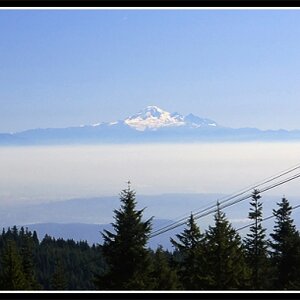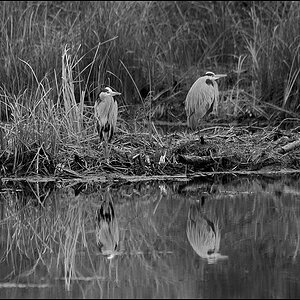sincere
TPF Noob!
- Joined
- Jan 5, 2006
- Messages
- 475
- Reaction score
- 1
- Location
- Berlin
- Can others edit my Photos
- Photos NOT OK to edit
What should i set it to? Wich one do you perfer? Someone told me to keep it SRGB because it displays the most colors.
My camera has SRGB but i noticed that when i exported a file from Lightroom and uploaded it somewhere, the colors came out differently because in lightroom it wasnt set to SRGB. I assume it should always be set like the camera is set.
I tried the other ones but it seems like SRGB was the way to go. Still, please school me if you feel i should go with something else.
My camera has SRGB but i noticed that when i exported a file from Lightroom and uploaded it somewhere, the colors came out differently because in lightroom it wasnt set to SRGB. I assume it should always be set like the camera is set.
I tried the other ones but it seems like SRGB was the way to go. Still, please school me if you feel i should go with something else.



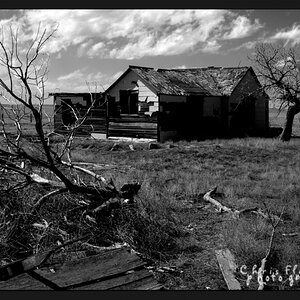
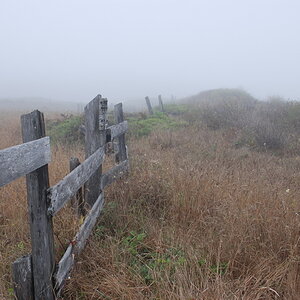

![[No title]](/data/xfmg/thumbnail/37/37633-94737d4436dff45b827dcc332ff7fba9.jpg?1619738156)

![[No title]](/data/xfmg/thumbnail/38/38293-15e3a85f038b239e3c60bf9f38f5d56c.jpg?1619738563)
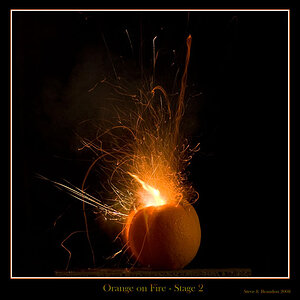


![[No title]](/data/xfmg/thumbnail/41/41934-5071025280901954ee561590003df10e.jpg?1619739947)
